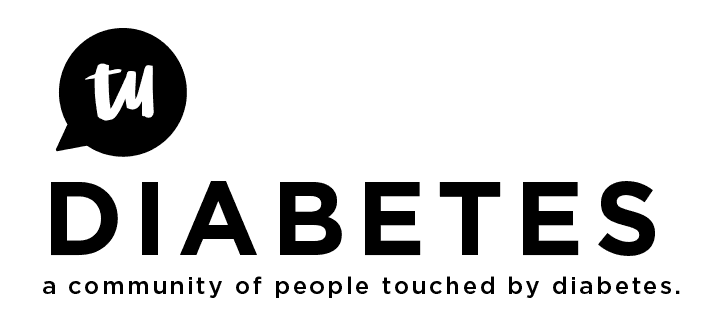My nighttime basal rate is set for .40 per hour and my daytime rate is set at .50.
Wow, I wish you the best in the future. You should probably consider a continuous glucose monitoring system (CGMS). It would have warned you in the middle of the night.
Steve, I’ve been awakened by a low of 32 and been able to stumble downstairs for OJ…the type of pumping I do has a bolus wizard that takes in to account the amount of insulin already in my system when recommending a correction. The low I just mentioned happened when I overcorrected for a high reading. This is what’s known as insulin “stacking”. The moral of that story is that the pump is much better at math than I will ever be! Those of us who got used to using a sliding scale to correct high BG’s prior to starting pump therapy must be driving our pump nurses crazy. If your BG was the result of some really good lasagne then you might be better off anticipating the rise due to high fat or protein and use a temp basal rate or the square set bolus when dosing for the extra insulin needed to cover the meal. For fat and protein, I calculate as though they are carbs but plan the delivery for the extra insulin to start two to three hours after the meal. Kudos to your wife, this is probably her worst fear come true…
Wow Steve. glad you are okay. My feeling is there were two issues and neither is the pod: 1. very high dosage of insulin you are on. the more one takes, the more the risk. Not your fault. Just definitely adds more possibilities for problems. 2. You added more insulin before the first bolus was done bringing you down after only a couple of hours and you did it before going to sleep. Wait at least four to five hours before adding a second bolus. Afterall, 6 units had more or less cut your glucose number in half in only 2 1/2 hours. Best of luck. Regrettably these things happen. You are not alone.
Can you explain a little more about calculating as though the fat and protein were carbs. Can you give an example?
Your advise is very sound, however I did not take a scond bolus. When I checked my sugar at 8:30 and found it to be over 200 I did not take any more insulin at that time. Of course my basal was still going so I was getting that amount of insulin.
Steve, You might consider asking your doctor if your basal rate should be changed for the time when you are asleep? My basal rate is lower because I’m alone at night, there is no one except 911 to help if I can’t fix a “low” myself. How are you feeling the past few days?
sure…lets say you have a p’nut butter and jelly sandwich…bread and jelly and p’nut butter are 65 carbs, and the p’nut butter has 16 grams of fat and 7 grams of protein. Dose for the carbs at the time of the meal to cover the average two hour carb BG rise with insulin. Protein and fat will cause a slower BG rise over a 4-6 hour period. I add the fat and protein grams together for a total of 23. I don’t want to dose for the fat and protein right now but I know they will cause a rise later. As I am on a pump I have the luxury of programing a temporary basal rate that starts later to cover the BG rise, or I can calculate a square or dual bolus delivery to accomplish the same thing. There are other things to consider when making this calc. like the amount of fiber in my meal (slows BG rise) and what my activity level will be during this time. You really only need to do this for high fat or protein meal content - pizza (my fav), etc. This is the logic behind going back five hours to figure out what caused a high or low BG.
